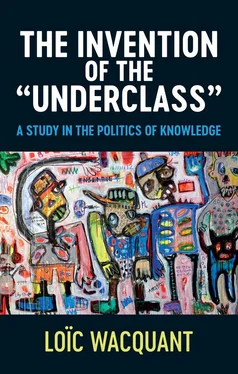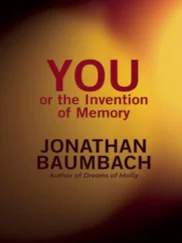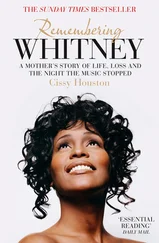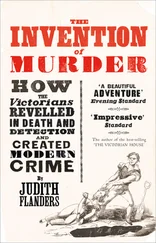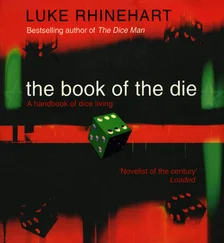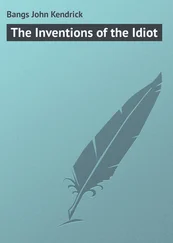The article had an immediate impact on politicians, who quickly repeated its claims almost word for word. Thus Senator Edward Kennedy, the standard bearer for the progressive wing of the Democratic Party, alerted the country in a 1978 address to the National Association for the Advancement of Colored People:
The great unmentioned problem of America today: the growth, rapid and insidious , of a group in our midst, perhaps more dangerous , more bereft of hope, more difficult to confront than any for which our history has prepared us. It is a group which threatens to become what America has never known – a permanent underclass in our society. 31
The Time Magazine portrait primed the turn toward a racialized and behavioral vision of the “underclass” that was accelerated by the book, The Underclass , by the New York journalist Ken Auletta. In 1982, Auletta was a staff writer and weekly columnist at the Village Voice , weekly political columnist for the New York Daily News , political commentator on WCBS-TV, and a regular contributor to The New Yorker , all but guaranteeing the high visibility of his investigation. Serialized in The New Yorker just before its release, The Underclass was an instant hit and drew myriad reviews in the mainstream media, including a laudatory front-page review by the political scientist Andrew Hacker in the New York Review of Books . Remarkably, it was also reviewed in Contemporary Sociology as if it were a scholarly tome. 32It popularized the term “underclass” among the educated public and political personnel, and it quickly established itself as a central reference invoked by other journalists as well as by academics and think tankers alike as evidence of the existence of the group. 33
“Something different was happening among the poor”
“The idea [for the 1981 articles in The New Yorker that became the book The Underclass ] formed from my observations that something different was happening among those we classify as poor. The number of people classified as having dropped out of the labor force rose. Where once most murders were among those who knew each other, the ‘murder by stranger’ category jumped. On the subways and streets [of New York City] I was struck by the growing number of the homeless and drugged individuals. Welfare rolls were populated by those on welfare a long time who now seemed permanently dependent. I visited my editor and said, ‘Mister Shawn – everyone called him mister – I think something significant is happening ,’ and explained. He encouraged me to pursue the idea but cautioned that it sounded like a ‘sociological yak piece,’ and I needed to find a vehicle to tell this story.”
Journalist Ken Auletta, personal communication, May 2021
The Underclass centers on a supported-work training and evaluation program similar to the one flagged by the 1977 Time article, devised by Sviridoff and run by the MDRC with funding from the Ford Foundation. Auletta spent seven months embedded with a cohort of 26 trainees attending daily classes in “life-skills” aiming “to instill the habit of work and to expunge bad habits.” He initially approached his topic with trepidation: “As a white journalist, I worried about the racial freight the subject carried. At first, I used the word underclass [by which the MDRC designated its ‘clients’] gingerly, fearful that it was somewhat racist. I worried whether a focus on crime, welfare, and pathological behavior might present a distorted picture of the American poor.” But he was soon enough reassured:
I quickly learned that among students of poverty there is little disagreement that a fairly distinct black and white underclass does exists; that this underclass generally feels excluded from society, rejects common values, suffers from behavioral as well income deficiencies. They don’t just tend to be poor; to most Americans, their behavior seems aberrant. 34
Auletta stresses that, for the vast majority of America’s 30 million poor, “poverty is not a permanent condition” as it can and will be overcome “in a generation or two.” But “an estimated 9 million Americans do not assimilate” in this fashion – no source is given for this numerical estimate. “They are the underclass,” of which Auletta offers a florid enumeration that deserves to be quoted verbatim et literatim :
(a) the passive poor , usually long-term welfare recipients; (b) the hostile street criminals who terrorize most cities, and who are often school dropouts and drug addicts; (c) the hustlers , who, like street criminals, may not be poor and who earn their livelihood in an underground economy, but rarely commit violent crimes; (d) the traumatized drunks, drifters, homeless shopping-bag ladies and released mental patients who frequently roam or collapse on city streets. 35
This view of the “underclass” as a collection of social parasites, refuse, and predators whose deviant behaviors explain their dereliction is validated by the participants in the work program: these aver that “most welfare clients stay on the dole most of their lives” because they are “loafers who don’t want to work,” that they prefer “their side hustle” to regular employment, “accept the garbage and dirt” in their buildings, do not care about their neighborhood, and are skilled at “getting something for nothing.” 36Members of the “underclass” fall into alcoholism, drug abuse, and crime, not just because of deprivation, but also due to their lack of self-confidence, passivity, and ingrained hostility toward society. Participants in the training program agree with “the experts” that the female-headed family is responsible for the “welfare mentality” and teenage pregnancy which join to feed a cycle of dependency and destitution. 37This agreement between folk and expert constructs is taken as empirical validation of the notion of “underclass.”
What explains the stunning success of Auletta’s book and the metamorphosis of a scholarly structural proto-concept into a journalistic behavioral one? The Begriffsgeschichte of Reinhart Koselleck invites us to pay special attention to the timing of conceptual innovation and to the changing semantic charge of keywords as they circulate. In the prosperous 1960s, the structural construct of the “underclass” forged by Myrdal did not catch on, and thus went into intellectual hibernation, because the public stage of the War on Poverty was occupied by the controversies around the “culture of poverty” and the “tangle of pathology” of the (hyper)ghetto. These controversies raged against the backdrop of the mobilization of the poor, the spectacular expansion of public assistance, and the general reduction in caste and class inequality that made the coalescence of an immobile fraction of the working class seem implausible. 38
A decade later, when the “underclass” resurged in behavioral garb to establish itself as pressing public menace and target for focused social research and government intervention, the “inner city” was said to be in crisis and the landscape of intellectual and political positions had changed dramatically. The 1980s brought, not only a sweeping backlash against racial equality and a frontal attack on the welfare state by the Reagan administration after a decade of stagflation, but also a sea change in the space of production and consumption of what the historian Alice O’Connor calls “poverty knowledge.” 39
With the pullback of government subsidies, liberal policy institutes such as the Institute for Research on Poverty and the Urban Institute, which had prospered since their founding in the 1960s, faced an existential crisis and became more dependent on foundation grants just as a new crop of conservative think tanks, among them the Heritage Foundation, the Cato Institute, and the Manhattan Institute (established in 1973, 1977, and 1978, respectively), were gathering intellectual steam, media visibility, and political authority. 40Philanthropies, for their part, recalibrated their project and discourse to adapt to the sharp rightward shift of the policy debate, which required further eliding structural factors and euphemizing caste in the genesis of urban marginality. “The poverty research industry survived through the crash of the early 1980s by becoming more entrepreneurial and political in the search for research funds.” 41
Читать дальше
